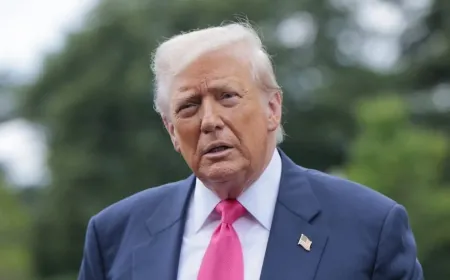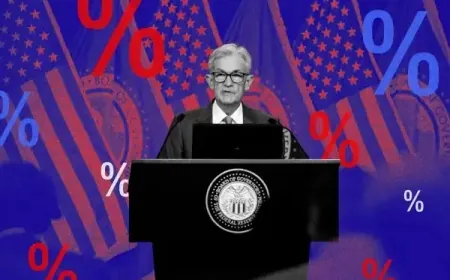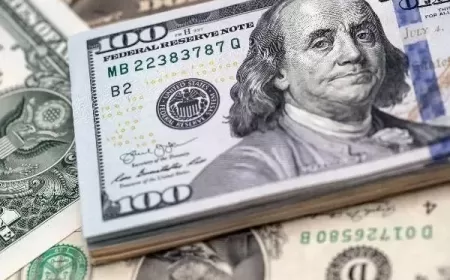Bitcoin Falls to $83,175 After Trump’s Tariff Announcement—Is This a Buying Opportunity?
Bitcoin fell to $83,175 after Trump’s tariff announcement. Analysts suggest this could be a buying opportunity as institutional demand remains strong.

Bitcoin’s price took a hit after President Donald Trump announced new tariffs on April 2, briefly reaching $88,000 before dropping to $83,175 as markets reacted. The broader financial landscape also faced turbulence, with S&P 500 futures falling over 2%, erasing more than $2 trillion in market value. Major cryptocurrencies, including Ethereum and Solana, saw declines of over 6%, reaching multi-month lows.
Some investors and analysts see this drop as an opportunity rather than a setback. Market experts believe the tariff announcement has removed a layer of uncertainty, which could encourage institutional investors to re-enter the market. Valentin Fournier, Lead Analyst at BRN, stated that with speculation fading, demand from large investors could increase, potentially pushing Bitcoin’s price higher. David Hernandez, a crypto investment specialist at 21Shares, noted that while the tariffs were slightly higher than expected, the clarity they provided could encourage long-term holders to accumulate more Bitcoin.
Institutional interest remains strong despite recent volatility. BlackRock’s Bitcoin ETF recorded $218 million in inflows on April 2, reversing a $157 million outflow from the previous day. Meanwhile, Ethereum ETFs continued to struggle, with ongoing outflows reflecting weaker investor confidence. Ethereum remains more than 50% below its cycle high, highlighting a divide in sentiment between Bitcoin and other digital assets.
Not all analysts agree that institutional involvement will smooth out Bitcoin’s volatility. Kraken’s Global Economist, Thomas Perfumo, argued that price swings are a natural part of Bitcoin’s growth and adoption cycle. He pointed out that Bitcoin’s fluctuations should not be viewed as a weakness but rather as a characteristic of an asset in high demand with a fixed supply. Investors accustomed to traditional markets may see this as instability, but those familiar with Bitcoin’s history recognize these cycles as part of its long-term value proposition.
Some market observers believe the recent sell-off was an overreaction to uncertainty surrounding U.S. trade policy. Bitcoin, often compared to gold as a store of value, has historically performed well in times of economic uncertainty. With strong ETF inflows and institutional demand holding steady, analysts expect Bitcoin’s price to stabilize and potentially recover in the coming weeks. However, investors remain cautious, watching for further developments in trade policy and macroeconomic conditions that could influence Bitcoin’s trajectory. For those considering entering the market, this dip may present a buying opportunity, but experts advise thorough research before making investment decisions.
Also Read: Trump’s Crypto Fortune Under Scrutiny – SEC Faces Pressure to Investigate




























































